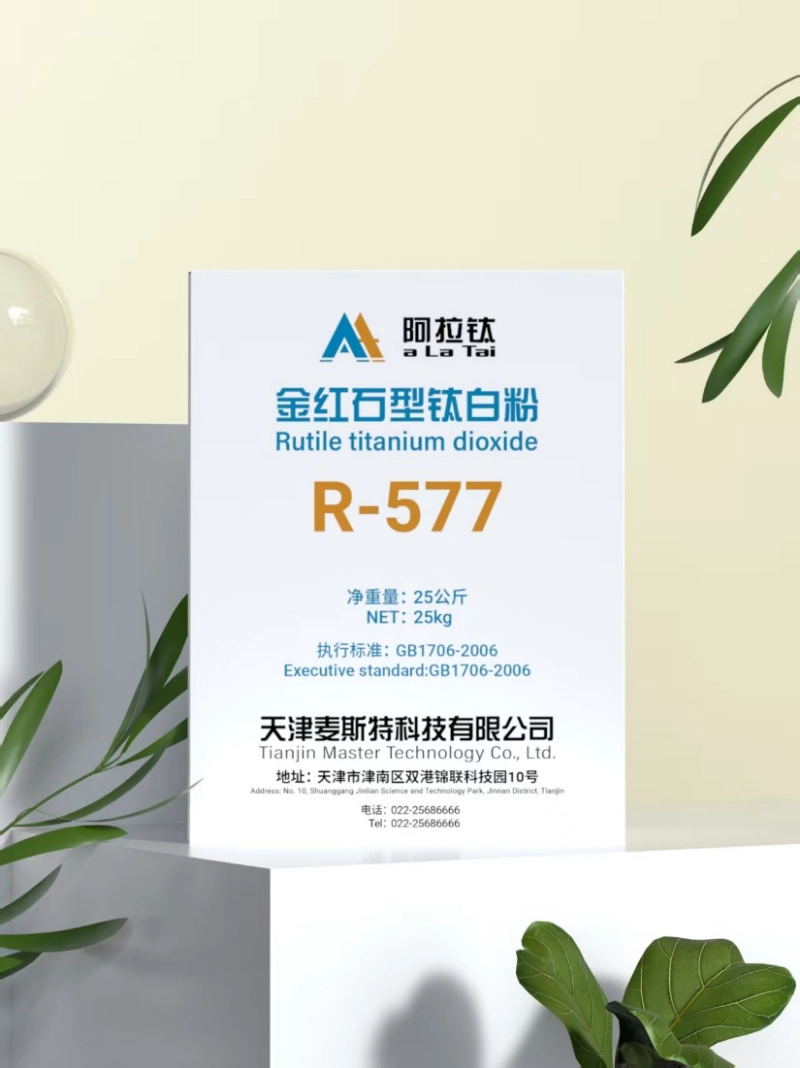Are you tired of dealing with uncomfortable fabrics that restrict your movement? Say goodbye to those woes with the revolutionary solution - metal fiber cloth. This innovative material blends durability, flexibility, and style seamlessly, offering a unique experience like never before. Whether you're seeking comfort during intense workouts or aiming to stand out with a fashion-forward look, metal fiber cloth has got you covered. Embrace the future of textiles and elevate your wardrobe to new heights with this cutting-edge fabric. Experience the perfect fusion of functionality and fashion with metal fiber cloth.
Key Takeaways
-
Understanding the historical evolution of metal fiber cloth provides insights into its development and potential future advancements.
-
The unique properties of metal fiber cloth, such as high strength and thermal conductivity, make it a versatile material for various applications.
-
Exploring the production methods of metal fiber cloth can help in selecting the most suitable manufacturing process for specific requirements.
-
Different types of metallic fiber products offer diverse functionalities, catering to a wide range of industries and applications.
-
Techniques in sintered metal fibers play a crucial role in enhancing the performance and durability of metal fiber cloth products.
-
Leveraging short metal fibers and their uses can lead to innovative solutions in fields like filtration, reinforcement, and conductivity.
Historical Evolution of Metal Fiber Cloth
Gold and Silver Textiles
Gold and silver have a long history in textiles, dating back to ancient civilizations. These precious metals were woven into fabrics to create luxurious garments fit for royalty. The shimmering effect of gold and silver threads added opulence to clothing, symbolizing wealth and status.
Ancient Techniques
Ancient civilizations mastered the art of creating metallic threads for textile embellishments. By hammering gold and silver into thin sheets, artisans could then cut them into narrow strips. These strips were twisted around natural fibers like silk or wool to produce stunning metallic threads used in weaving intricate patterns on garments.
Modern Advancements
The Dobeckmum Company revolutionized metallic fiber production with cutting-edge technology. By combining traditional craftsmanship with modern techniques, they developed high-quality metal fibers that are durable, flexible, and lightweight. These fibers are now used in a wide range of applications, from haute couture fashion to technical textiles for aerospace and automotive industries.
Unique Properties of Metal Fiber Cloth
Thermal Resistance
Metal fiber cloth boasts exceptional thermal resistance, making it a go-to choice for applications requiring high-temperature durability. These fibers can withstand extreme heat without compromising their structural integrity.
Electrical Conductivity
One of the standout features of metal fibers is their low electrical resistance. This property makes them highly desirable for applications where electrical conductivity is crucial, such as in electronics or power transmission systems.
Diverse Forms and Diameters
Metal fibers come in various forms and diameters, ranging from 100μm down to 1μm. This diversity allows for flexibility in usage across different industries and applications, catering to specific needs efficiently.
Overview of Production Methods
Bundle Drawing
Metal fiber cloth is created through various production methods, with one key technique being bundle drawing. This process involves pulling metal through dies to form continuous bundles of fibers. These bundles are then twisted together to create the final cloth. Bundle drawing enables the production of continuous metal fiber bundles that are essential for reinforcing materials in various industries.
Bundle drawing technology plays a crucial role in producing high-quality metal fiber cloth. By carefully controlling the drawing process, manufacturers can achieve precise diameters and lengths for the fibers. This method allows for the creation of a wide range of metal fibers, each tailored to specific applications based on their thickness and composition.
Foil-Shaving Technology
Another significant method in metal fiber cloth production is foil-shaving technology. This cutting-edge technique involves shaving thin layers from metal foils to produce ultra-thin fibers. The resulting fibers can have diameters as low as 14 μm, making them ideal for applications requiring exceptional reinforcement capabilities.
Foil-shaving technology has revolutionized the manufacturing of metal fibers by enabling the production of extremely fine filaments that were previously unattainable through traditional methods. These ultra-thin fibers offer unparalleled strength and flexibility, making them highly sought after in industries such as aerospace and electronics.
Metal fiber cloth production involves intricate processes that require precision and expertise. Manufacturers utilize advanced technologies like bundle drawing and foil-shaving to create fibers that meet stringent quality standards. By understanding these production methods, one can appreciate the complexity and innovation involved in crafting high-performance metal fiber products.
Types of Metallic Fiber Products
Sintered Metal Fiber Media
Metallic fibers are utilized to create sintered metal fiber media, which is a porous material ideal for filtration applications. The sintering process involves compacting and heating the metal fibers to form a strong, uniform structure. This media offers high porosity, allowing efficient filtration of gases and liquids in various industries.
Short Fibers and Polymer Pellets
Short fibers derived from metallic filaments are commonly used as reinforcement in composite materials. These fibers enhance the mechanical properties of the composites, making them stronger and more durable. polymer pellets infused with metallic fibers exhibit improved conductivity and thermal stability, suitable for applications in electronics and automotive industries.
Metal Yarns and Electrical Cables
Metal fibers are spun into metal yarns, which find applications in textiles, fashion accessories, and technical fabrics. These yarns offer unique aesthetics and functionalities due to their metallic properties. Moreover, metal fibers are integrated into electrical cables to enhance conductivity and durability. The use of metal fibers ensures reliable electrical transmission while maintaining flexibility.
Fiber-Reinforced Composites
Metallic fibers play a crucial role in reinforcing fiber-reinforced composites, enhancing their strength and stiffness. By incorporating metal fibers into composite materials such as polymers or ceramics, manufacturers can achieve lightweight yet robust products. These composites are widely used in aerospace, automotive, and construction industries for structural components requiring high performance.
Mr. Xu
sales-xu@zm-fibre.com

